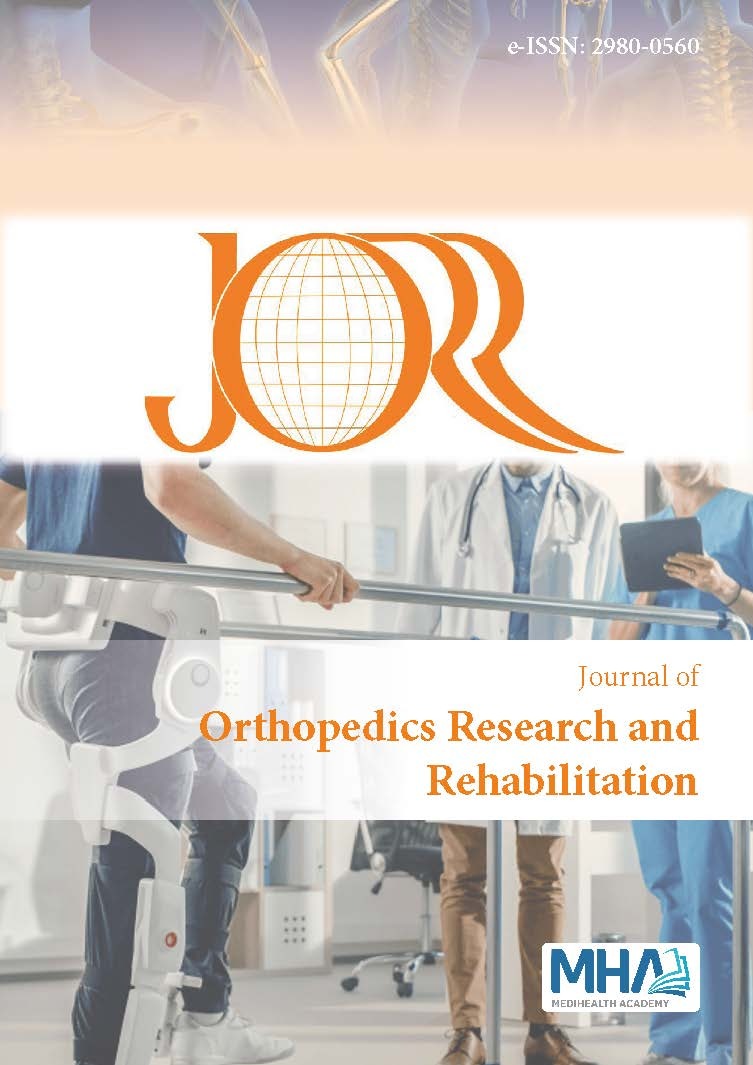1. Çetinus E, Hüner H, Cever İ, Ekerbiçer H. Ortopedik cerrahide önemlibir sorun: Eldiven delinmeleri. Çukurova Üniversitesi Tıp FakültesiDergisi. 2001;26(2):96-102.
2. McLeod GG. Needlestick injuries at operations for trauma. Are surgicalgloves an effective barrier? J Bone Joint Surg Br. 1989;71(3):489-491.
3. Sebold J, Jordan LR: Intraoperative glove perforation (a comparativeanalysis). Clin Orthop 1993;297:242-244.
4. Sutton PM: The protective effect of a cut resistant glove liner: aprospective randomised trial. J Bone Joint Surg 1998;80B: Supp I.
5. Sebold J, Jordan LR: Intraoperative glove perforation (a comparativeanalysis). Clin Orthop 1993;297:242-244.
6. Maffulli N, Testa V, Capasso G. Glove perforation in hand surgery. JHand Surg Am. 1991;16(6):1034-1037.
7. McLeod GG: Needlestick injuries at operations for trauma. Are surgicalgloves an effective barrier? J Bone Joint Surg. 1989;71B:3, 489-491
8. Willan, R J. Sterilization of Surgical Gloves. British medical journal vol.2,4160 (1940): 426. doi:10.1136/bmj.2.4160.426
9. Misteli, Heidi, et al. Surgical glove perforation and the risk of surgicalsite infection. Archives of Surgery. 2009;144(6):553-558
10. Dalgleish, A. G., and M. Malkovsky. Surgical gloves as a mechanicalbarrier against human immunodeficiency viruses. British J Surg.1988;75(2):171-172.
11. Harnoss, Julian-Camill et al. Concentration of bacteria passing throughpuncture holes in surgical gloves. Am J Infect Control. 2010;38(2):154-158. doi:10.1016/j.ajic.2009.06.013
12. Edlich, Richard F., et al. Principles of emergency wound management.Annals Emerg Med. 1988;17(12):1284-1302.
13. Leslie, Lawrence F., et al. Needle puncture resistance of surgical gloves,finger guards, and glove liners. J Biomed Materials Res. 1996;33(1):41-46.
14. Edlich RF, Long WB 3rd, Gubler DK, et al. Dangers of cornstarchpowder on medical gloves: seeking a solution. Ann Plast Surg.2009;63(1):111-115.
15. Tarlo SM, Wong L, Roos J, Booth N. Occupational asthma caused bylatex in a surgical glove manufacturing plant. J Allergy Clin Immunol.1990;85(3):626-631.
16. Turjanmaa K, Reunala T, Räsänen L. Comparison of diagnosticmethods in latex surgical glove contact urticaria. Contact Dermatitis.1988;19(4):241-7. doi: 10.1111/j.1600-0536.1988.tb02920.x.
17. Carrillo T, Cuevas M, Muñoz T, Hinojosa M, Moneo I. Contacturticaria and rhinitis from latex surgical gloves. Contact Dermatitis.1986;15(2):69-72. doi: 10.1111/j.1600-0536.1986.tb01279.x.

